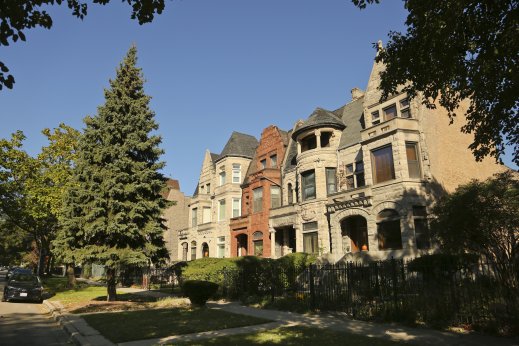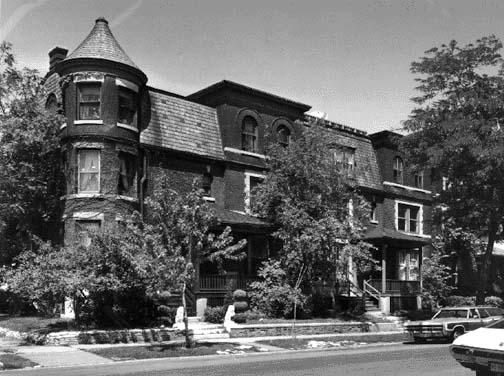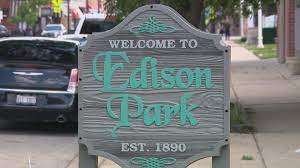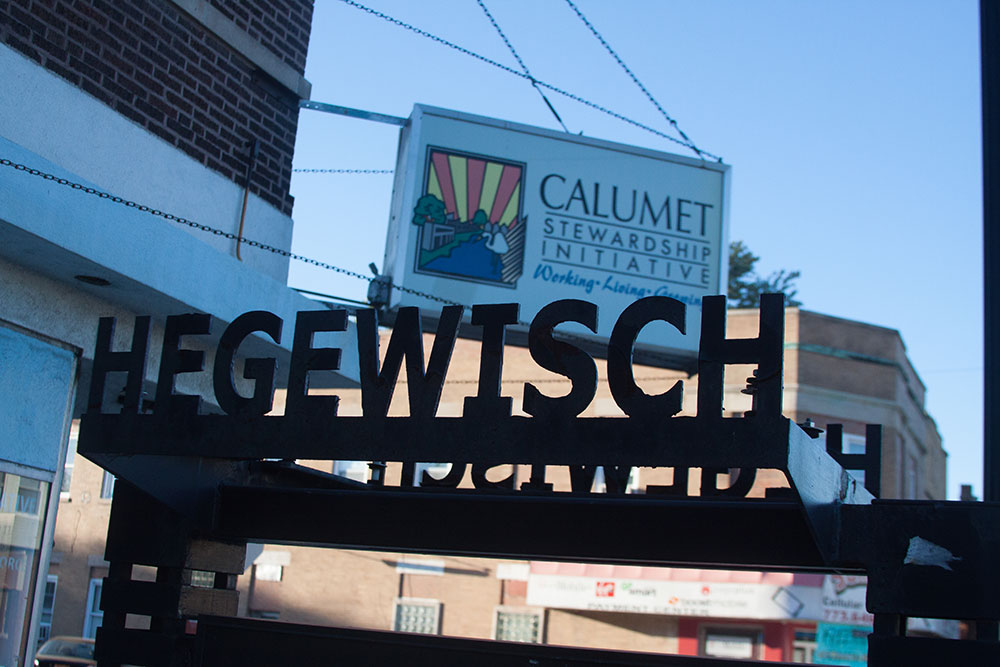Kenwood: A Historic and Vibrant Community in Chicago
Kenwood, a neighborhood located on the South Side of Chicago, is a community rich in history and culture. Nestled along the shores of Lake Michigan, Kenwood boasts a picturesque setting and a vibrant atmosphere. With its stunning architecture, diverse population, and notable residents, Kenwood has become a sought-after destination for both residents and visitors alike.
Settling in Kenwood: A Haven from City Congestion
In the 1850s, Kenwood began to attract wealthy Chicagoans seeking respite from the growing congestion of the city. Dr. John A. Kennicott, one of the first residents, built his home near the Illinois Central Railroad tracks and named it Kenwood after his ancestral land in Scotland. The Illinois Central also named a nearby station Kenwood, which eventually led to the entire area being referred to as Kenwood. The neighborhood’s boundaries stretch from 43rd Street to 51st Street, Cottage Grove Avenue, and the lake.
Flourishing as an Affluent Neighborhood

Kenwood quickly gained popularity among Chicago’s elite in the early 1860s. The promise of improved transportation, including the Illinois Central and horse railway lines, attracted prominent figures such as United States Senator Lyman Trumbull and President Lincoln’s ambassador to Prussia, Norman Judd. The area became known as the “Lake Forest of the south,” without the exclusiveness of its northern counterpart.
During the late 19th century, Kenwood experienced a period of prosperity. Concentrations of large single-family homes emerged along Drexel Boulevard and between 45th and 50th Streets, showcasing various architectural styles, including Prairie and Queen Anne. Notable residents, such as lumber merchant Martin Ryerson, meatpacker Gustavus Swift, and Sears, Roebuck & Co. executive Julius Rosenwald, contributed to the neighborhood’s affluent character.
The Evolution of Kenwood: From Luxury to Urban Renewal
In the early 1900s, Kenwood continued to evolve. The addition of the “L” rapid transit facility in 1907 provided easier access to the northern part of Kenwood, attracting Loop office workers and leading to the construction of walk-up apartment buildings. Meanwhile, east of the railroad tracks, art deco elevator apartment buildings and the Chicago Beach Hotel added to the area’s allure.
However, by the early 1930s, signs of deterioration began to show in Kenwood. A growing population resulted in the conversion of older homes into rooming houses and the subdividing of existing apartments. The northern half of Kenwood saw an influx of transient residents, while homeowners in the southern half gradually moved elsewhere. Many attributed the decline to the relocation of African Americans from the Black Belt.
A Commitment to Stability: The Hyde Park-Kenwood Community Conference
In the late 1940s, the Hyde Park-Kenwood Community Conference was established to promote stability and integration within Kenwood. Urban renewal funds became available in the late 1950s, leading to the development of housing projects and revitalization efforts in the community. By the late 1970s, Kenwood experienced a renaissance, with historic districts designated by the city and new residential construction replacing vacant lots.
The late 1990s brought a resurgence of families moving back into the area, supported by an educational partnership between the Chicago Board of Education and the University of Chicago, resulting in the formation of a charter school. Kenwood’s revitalization efforts continue to shape the neighborhood’s future, ensuring its place as a vibrant and inclusive community.
Politics and Education in Kenwood
Kenwood has played a role in shaping Chicago’s political landscape. The community has a strong Democratic Party presence, as evidenced by overwhelming support for Democratic candidates in recent presidential elections. Kenwood’s commitment to education is evident through its array of public and private schools, including Kenwood Academy, Canter Middle School, King College Prep High School, Ariel Community Academy, William C. Reavis Math and Science Specialty School, and Beulah Shoesmith Elementary School.

Notable Residents and Landmarks
Kenwood has been home to many notable residents throughout its history. Infamous murderers Nathan Leopold and Richard Loeb, as well as their victim Bobby Franks, were residents of Kenwood. The neighborhood also boasts architectural landmarks, including the Powhatan Apartments, the Blackstone Library, and the Kenwood Astrophysical Observatory established by astronomer George Ellery Hale.
Kenwood: A Community in Transformation
Over the years, Kenwood has transformed from a haven for Chicago’s elite to a diverse and vibrant community. Its rich history, architectural beauty, and commitment to stability have shaped its identity. As Kenwood continues to evolve, it remains a neighborhood that embraces its past while looking towards a bright future.



